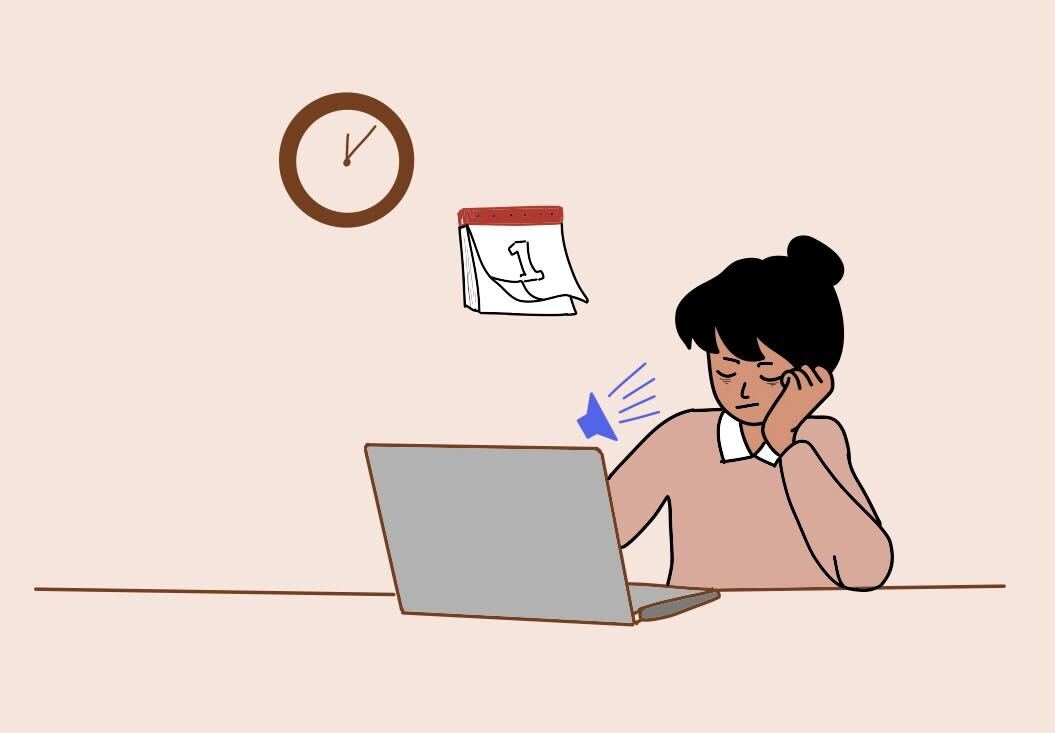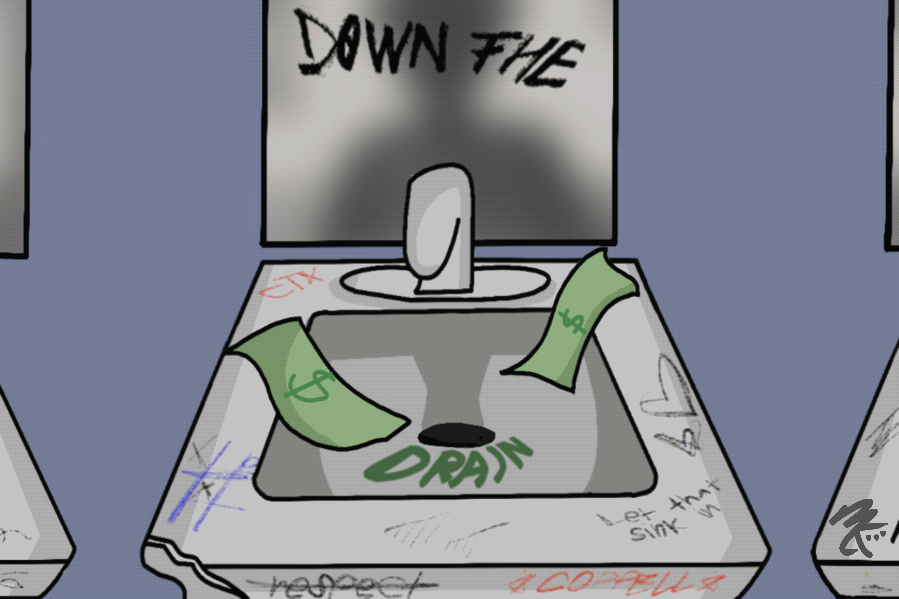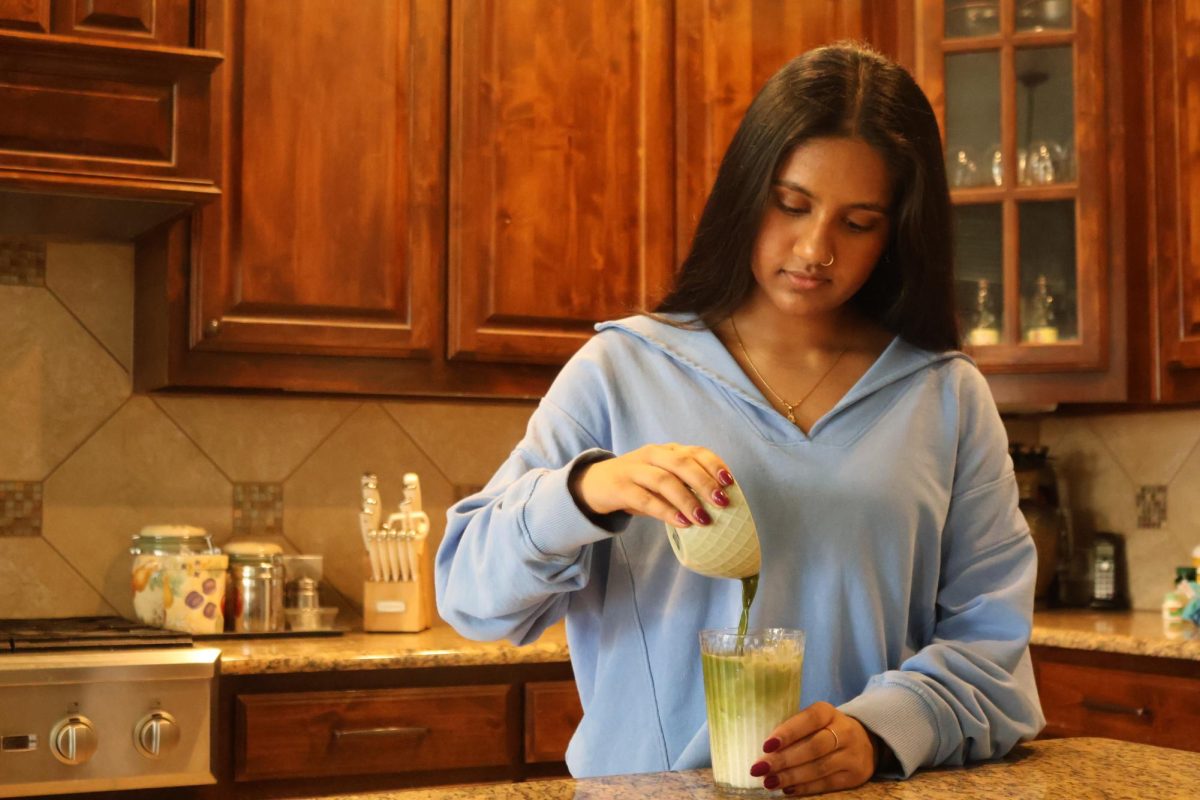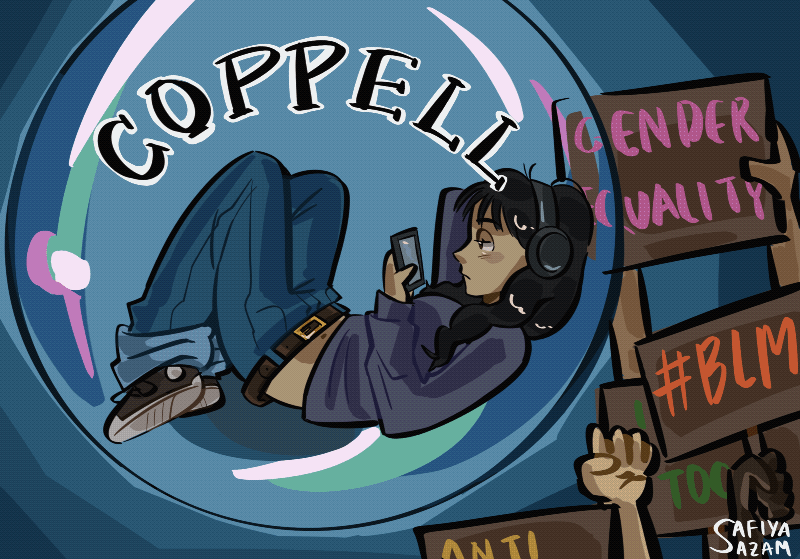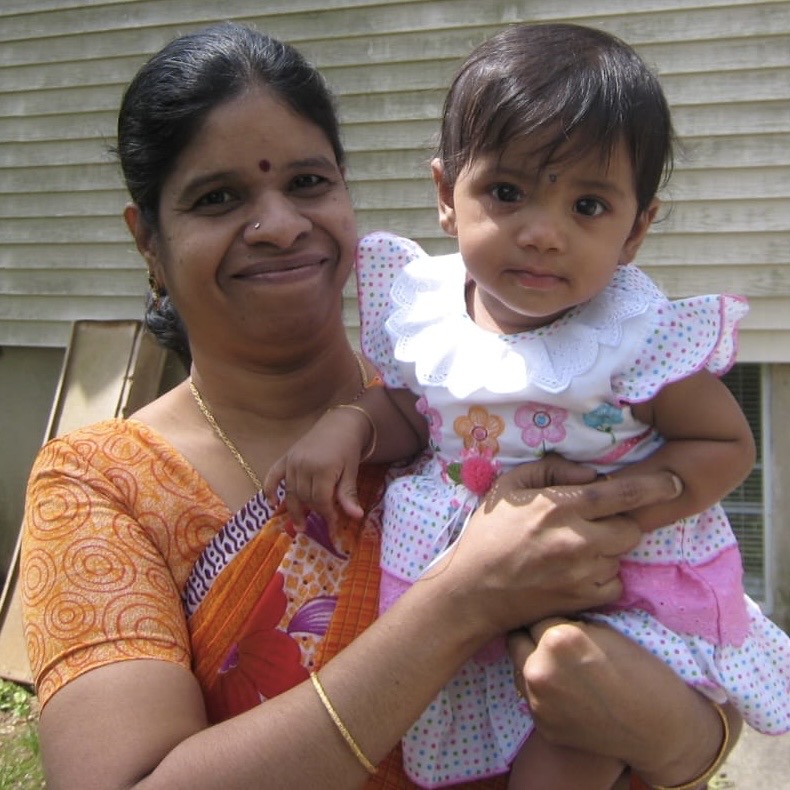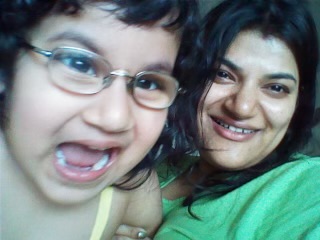One thing about me is that I take a lot of notes. In my first semester of junior year alone, I filled up an entire notebook of AP U.S. History notes.
It is not that I transcribe every single thing the teacher says, I just prefer to take notice of unique parts of lectures. Whether my teacher makes a reference to Queen Elizabeth II, or shares a fun fact about a former United States president, I appreciate the aspects of a lecture where I see the teacher’s personality shine through.
So when I open my Schoology course from another class to see a screen recorded presentation with a monotone voice in the background, my face falls in disappointment.
In recent years, teachers have adopted a teaching model dubbed as the flipped classroom, where they record video lectures for students to watch at home, and use class time to apply their knowledge through assignments, worksheets and projects.
While around for many years, the flipped classroom rose substantially in popularity amongst high school teachers and college professors after COVID-19, when virtual learning became the norm. In the pandemic, students relied on video lectures to learn class material, and teachers grew used to this class structure.
Many teachers cite this method as a novel way to allow students to apply their knowledge with other classmates, and take charge of their own understanding of the content.
“When I was in school, I remember going home with science homework with no one to help,” Coppell High School AP Biology teacher Bianca Benitez said. “This way I can ensure that they can understand and apply the content with the people in class.”
While this teaching style looks good on paper, students have notoriously struggled with it. In what is intended to evoke meaningful discussion and student autonomy in learning, instead brings glazed over eyeballs staring into a screen and miscommunication between teachers and students.
Having a uniform video or textbook with no space for questions and concerns from students unintentionally creates a “one size fits all” curriculum where students can fall behind. Many CHS students also have rigorous schedules that do not permit them to learn entire concepts at home.
“I find it difficult to keep up in class because homework feels like more pressure, and it’s hard to feel motivated,” junior Aizah Ahmed said. “If you can’t finish a lesson in one night, then it’s a lot worse than if you couldn’t finish a worksheet.”
In the flipped classroom model, classes often consist of students completing assignments, with the teacher giving instructions and answering questions.
If class time is fully used for individual work, it diminishes the opportunity for student-teacher connections. This can be detrimental to the student, as they will not be confident to ask their teacher questions about the content, as well as the teacher, since they can not understand their student’s way of learning. The miscommunication decreases productivity in class.
However, certain subjects have fit into the flipped classroom with ease. Benitez credits this style to be fit for AP classes that build on previously learned basic knowledge. Benitez sets aside 15 minutes in the beginning of class to review the material students had learned the night before.
“The flipped classroom has worked really well for my class because we do a lot of labs which take up a lot of class time, so they are able to learn through their experiences as well as at home,” Benitez said.
Teachers have also found ways to implement the flipped classroom into their class without changing the learning structure entirely. For example, UC Berkeley chemistry instructor, Michelle Douskey, added ‘Flipped Fridays’ to challenge her students to apply their knowledge with what they learned that week.
Allotting more time in class for reviewing content from the night before, or prioritizing active recall and learning opportunities within class assignments themselves, can encourage a balance between meaningful teacher-student interaction and students taking charge of their education.
Flipped classrooms at their root, however, are not a sustainable teaching model and will eventually lead to a decrease in both the student and teacher’s motivation in class. Let’s give students a real education.
Follow @anvita_bondada and @CHSCampusNews on X.



